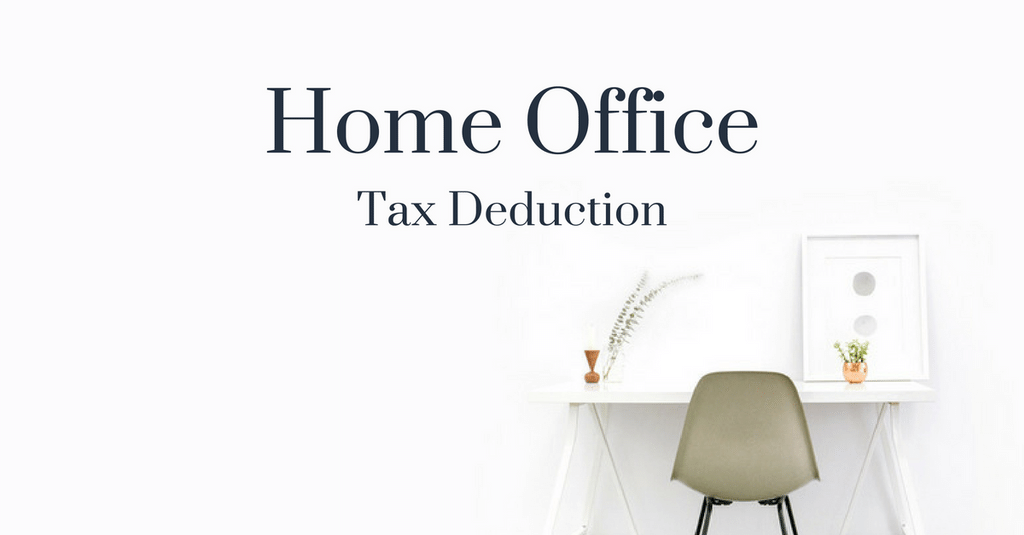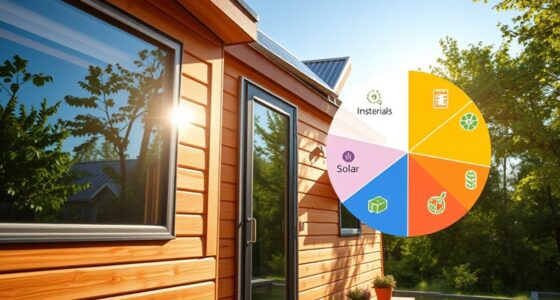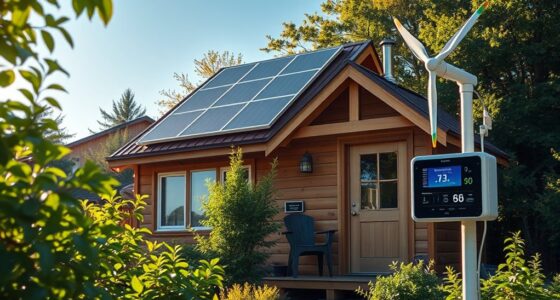
The IRS allows deductions for certain household expenses, such as improvements to a home. These upgrades may include those that improve the home’s energy efficiency. They also include necessary medical modifications needed for aging in place, such as adding a ramp for wheelchair access or installing wheelchair-friendly equipment. In some cases, upgrades may be fully deductible, such as the addition of a pool or an elevator.
Improvements that are medically necessary
Taxes can be deducted for home improvements that are medically necessary. Home improvements such as adding wheelchair ramps or elevators to your home can be claimed. These improvements can also increase your home’s value. Repairs, electrical costs, and service agreements for medical equipment are all deductible.
Any improvements that make your home more accessible to a disabled person are considered medically necessary. You can make improvements such as lowering cabinets, widening doors, installing handrails and adding ramps. These improvements must be reasonable given the medical purpose. They can’t be included if they are made for architectural or aesthetic reasons.
The IRS provides a detailed list of medically necessary improvements. If your child has asthma, air conditioning in your home is exempted from tax. You can also claim a medical expense deduction if you add a hot tub in your home.
Medically necessary improvements are deductible only up to a certain threshold of AGI. Ideally, you should make these improvements in a single tax year. This way, you can maximize the deduction in that year. You can also consider bundling home improvements with charitable contributions to get the most deduction possible.
Home improvement expenses
When you make home improvements, you can claim some of these expenses as tax deductible. This can make it easier. Some improvements are deductible immediately, while others must be claimed over several years or only after you sell the property. If you plan to add an energy-efficient home office, for example, make sure you claim your energy efficiency tax credit in the same year.
For example, new roofs are fully deductible. Tax deductions can also be claimed for energy efficiency upgrades like geothermal heat pumps, solar water heaters, double- or triple-paned Windows. Many newer homes come with such upgrades already. However, if you are looking for a tax break on your home improvements, you should consult with a tax professional.
Home renovations can be a costly undertaking but they are often deductable. You should do your research and keep all receipts. Moreover, you should get professional help before you start your project. An accountant or tax professional can help you navigate the process and maximize your deductions.
Also, medical home improvements are deductible. They are not the same as projects that increase your home’s value. Medical home improvements are great if they serve a medical need. However, they can only be claimed if you’re above certain income limits. You should also include medical home improvements.
Some repairs, however, can count as capital improvements. This includes fixing broken window panes and adding new roof shingles. A new window replacement is a capital improvement if it adds to your home’s value or makes it more functional for a different use.
Property taxes in the state and localities
Since 1913, the federal government has allowed state- and local-property taxes to be tax deductible. Prior to that, taxes from the state or local government that did not directly benefit an individual could not be deducted. The federal government has effectively decreased the incentive to pay property taxes. This limit also reduces the tax deduction for individuals who itemize their tax returns.
The amount of property taxes you can deduct each year depends on the assessment of the property. You may be able to deduct your property taxes if you purchased the property for less than the assessed value. In general, you can deduct up to $10,000 of state and local property taxes.
Some states allow you the deduction of part of your property taxes. This includes the cost of repairs or improvements. You may also be eligible to deduct maintenance and interest costs related to a property. To deduct these costs, you must obtain an itemized tax bill from the taxing authority.
If you have a home worth $1 million, you can deduct $10,000 of property tax from your tax return. George pays $12,000 in property taxes and $10,000 in state income tax each year. This is the property tax deduction and can be used to offset George’s mortgage interest payment. Only individuals who itemize their taxes are eligible for this deduction.
Many homeowners in the U.S. can take tax deductions for local and state property taxes, but this deduction is limited to $10,000 for individuals. For married couples filing separately, this limit is lowered to $5,000.
Home office deduction
If you work from home, the first question to ask is whether your business expenses are deductible. Yes, but only if the space is used exclusively for your business. This means that the space cannot be used to sleep, eat, or watch television. The room must also be used for business purposes.
Many Americans work from home these days. If you are one of these people, chances are you have unreimbursed expenses like electric bills or printer supplies. And if you’re a full-time remote employee, you may have even more expenses. These expenses can range from printer supplies to note pads to the cost of upgrading Wi-Fi. Fortunately, there are ways to claim these expenses, and the more time you can spend on the business, the more money you can save on taxes.
There are exceptions. Those who don’t live in their home as a business can still claim the home office deduction. Only one condition applies: the home that you use to run your business must be exclusively used for this purpose. The deduction can only be claimed for the time you meet the requirements.
You can claim a deduction for your home office if you use it as a business. This doesn’t need to be your main place of business. According to the IRS, a family is unlikely use their home office as a playroom or den.
To qualify for this deduction, the home office must be less than 300 square feet. The IRS allows a deduction for this amount up to $1,500. You should also note that you may be eligible for a larger deduction if you document actual expenses. The simpler method is often more beneficial.
Hi, I’m Emma. I’m the Editor in Chief of Tiny House 43, a blog all about tiny houses. While tree houses are often associated with childhood, they can be the perfect adult retreat. They offer a cozy space to relax and unwind, surrounded by nature. And since they’re typically built on stilts or raised platforms, they offer stunning views that traditional homes simply can’t match. If you’re looking for a unique and romantic getaway, a tree house tiny house might just be the perfect option.










